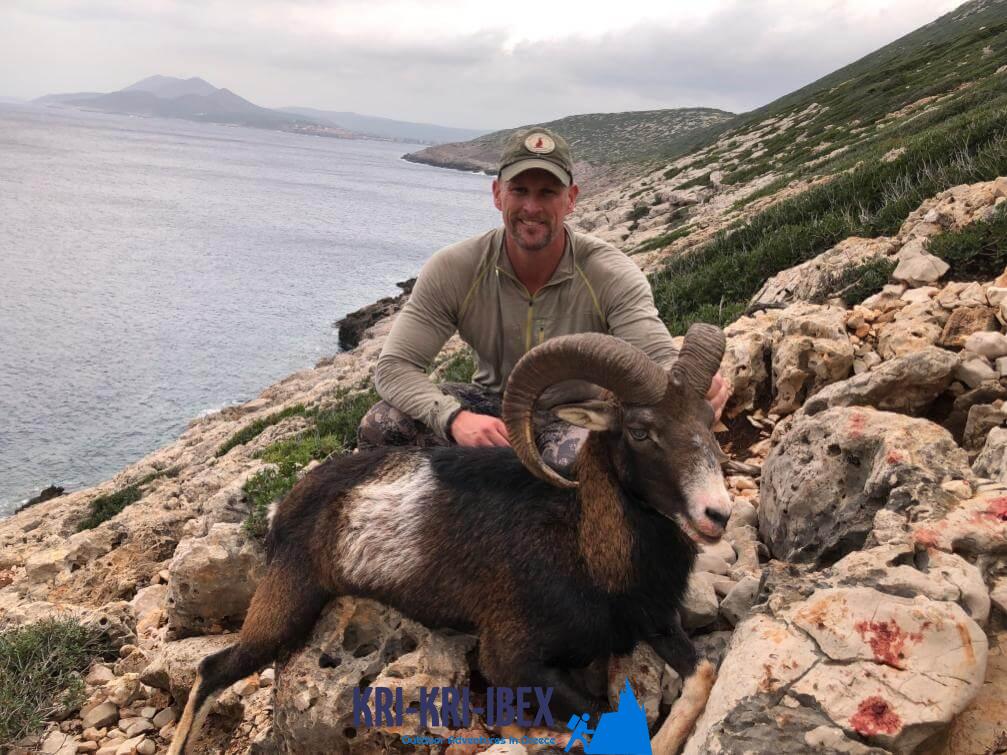Kri-kri ibex searching in Greece-- your desire holiday

To many people, The Peloponnese peninsula on the Greek Mainland is the 'real' Greece, where things have actually not altered a lot whatsoever over the centuries although that many people have discovered it. This is a location where you could easily spend a month, however if you are short in a timely manner after that our exterior hunting, Fishing, complimentary diving as well as visiting Peloponnese Tours from Methoni is a great solution. Join us as we discover all that this historical and also lovely region has to offer!

Hunting the kri kri ibex in Greece is an uphill struggle for both local and worldwide seekers. Searching huge video game in Greece is restricted for global hunters, other than swines and also roe deer, which might just be hunted in protected searching areas. The kri kri ibex, an unusual goat types native to Greece, may be hunted on 2 different islands 140 miles east of Athens as well as 210 miles west of Athens. On these pursues, kri kri ibex as well as mouflon may only be hunted in the early morning as well as very early mid-day, in accordance with Greek law. Just shotguns are enabled, as well as just slugs might be utilized. You must book at least a year in development if you want to go on one of these trips. The licenses are provided by the Greek Ministry of Nature as well as Agriculture as well as are issued by the government. Only serious hunters might participate in these pursues, so the licenses are restricted by the federal government.
On our Peloponnese trips, you'll reach experience all that this outstanding region has to supply. We'll take you on a trip of a few of the most gorgeous and historical sites in all of Greece, consisting of ancient ruins, castles, and extra. You'll also get to experience a few of the conventional Greek culture firsthand by enjoying some of the scrumptious food and white wine that the area is recognized for. As well as obviously, no journey to Peloponnese would certainly be total without a dip in the sparkling Mediterranean Sea! Whether you're a knowledgeable hunter seeking a brand-new adventure or a newbie traveler just seeking to check out Greece's sensational landscape, our Peloponnese scenic tours are best for you. So what are you waiting for? Reserve your journey today!
If you're looking for a genuine Greek experience, after that look no more than our outside hunting in Greece with fishing, and also complimentary diving excursions of Peloponnese. This is a remarkable method to see every little thing that this outstanding region needs to provide. Book your trip today!
What is the diference between Kri Kri ibex, Bezoar ibex and hybrid ibex
The kri-kri is not thought to be indigenous to Crete, most likely having been imported to the island during the time of the Minoan civilization. Nevertheless, it is found nowhere else and is therefore endemic to Crete. It was common throughout the Aegean but the peaks of the 8,000 ft (2,400 m) White Mountains of Western Crete are their last strongholds–particularly a series of almost vertical 3,000 ft (900 m) cliffs called ‘the Untrodden’—at the head of the Samaria Gorge. This mountain range, which hosts another 14 endemic animal species, is protected as a UNESCO Biosphere Reserve. In total, their range extends to the White Mountains, the Samaria National Forest and the islets of Dia, Thodorou, and Agii Pandes.
This Ibex is NOT a diminutive form of the Bezoar Ibex, which has migrated into the western-most reach of the range of this species. The kri – kri (Capra aegagrus cretica), sometimes called the Cretan goat, Agrimi, or Cretan Ibex, is a feral goat inhabiting the Eastern Mediterranean, previously considered a subspecies of wild goat. The kri-kri has a light brownish coat with a darker band around its neck. It has two horns that sweep back from the head. In the wild they are shy and avoid tourists, resting during the day. The animal can leap some distance or climb seemingly sheer cliffs.
“The agrimi goat Capra aegagrus cretica is unique to Crete and its offshore islands. It has been identi®ed as a sub-species of the wild bezoar goat Capra aegagrus aegagrus Erxleben, 1777, which it closely resembles in horn shape, body form and coloration. This classi®cation has been disputed by some researchers who claim that the agrimi are feral goats, derived from early domestic stock brought to the island by the ®rst Neolithic settlers. In order to clarify this issue, DNA analyses (cytochrome b and D loop sequences) were carried out on tissue of live and skeletonized agrimi and compared to sequences of wild and domestic caprines. Results conclusively show the agrimi to be a feral animal, that clades with domestic goats (Capra hircus) rather than with wild Asiatic bezoar. This study demonstrates that morphometric criteria do not necessarily re¯ect genetic af®nities, and that the taxonomic classi®cation of agrimi should be revised.”